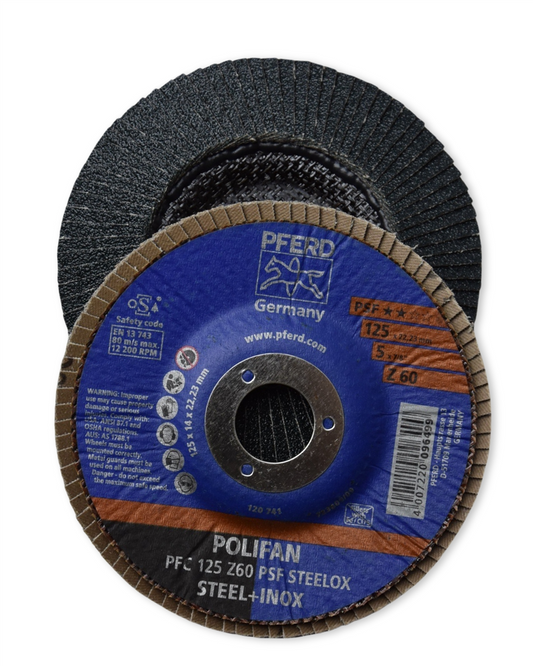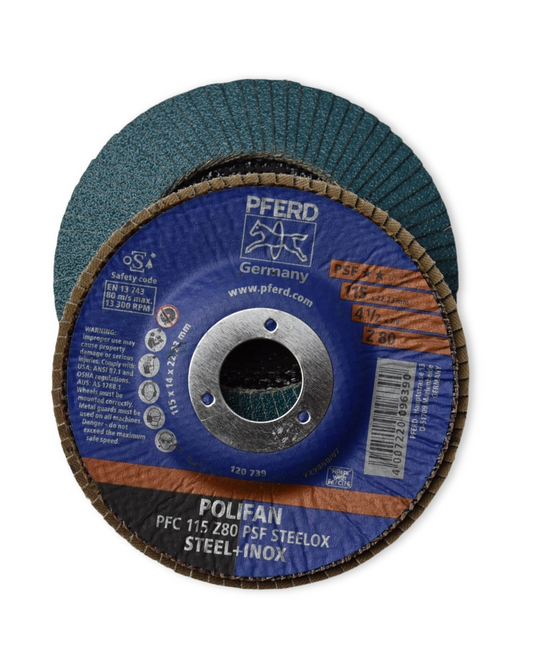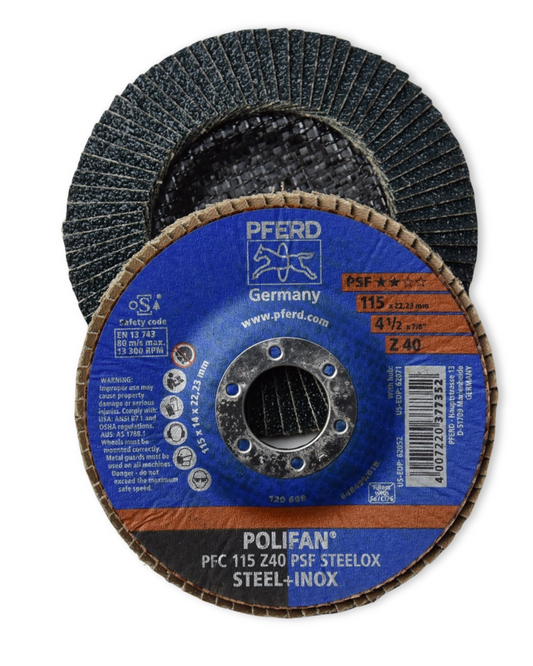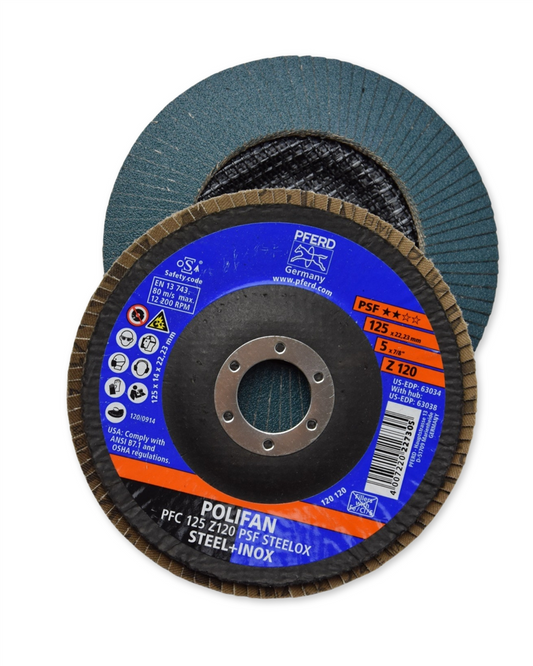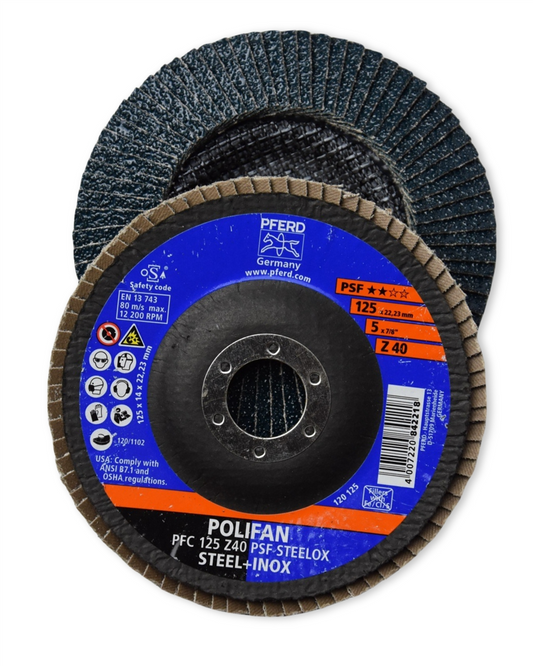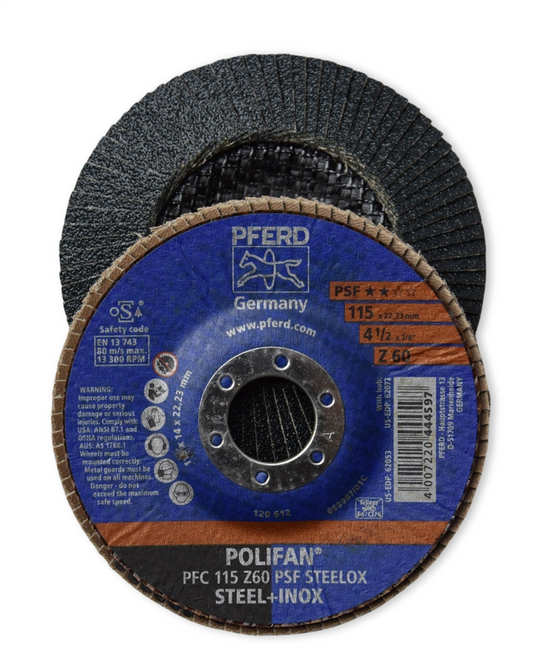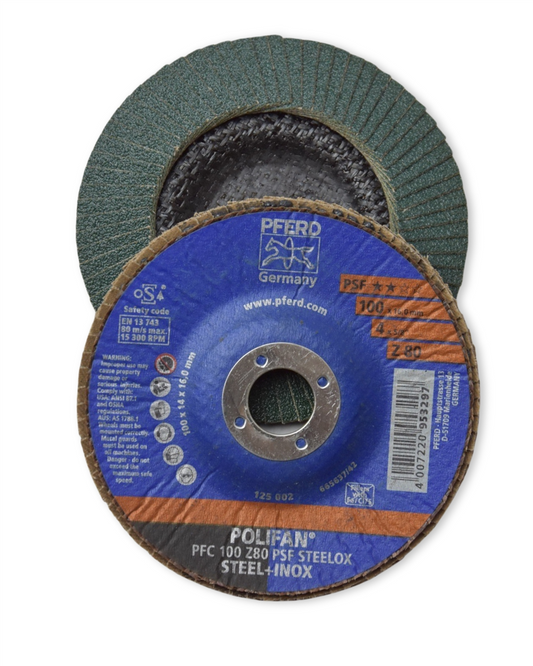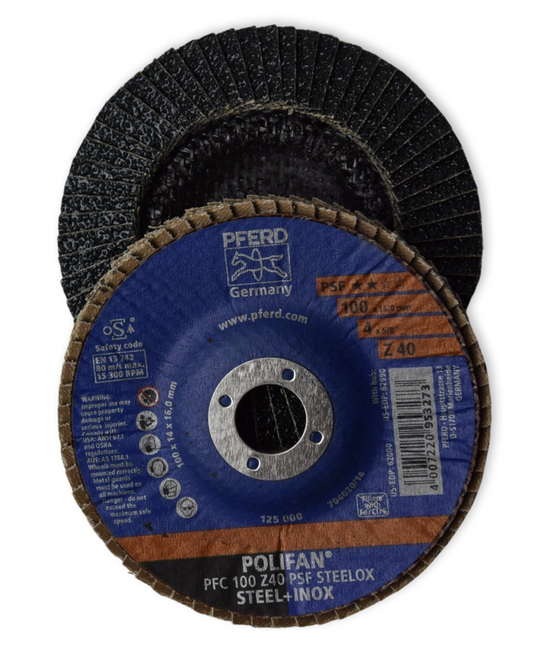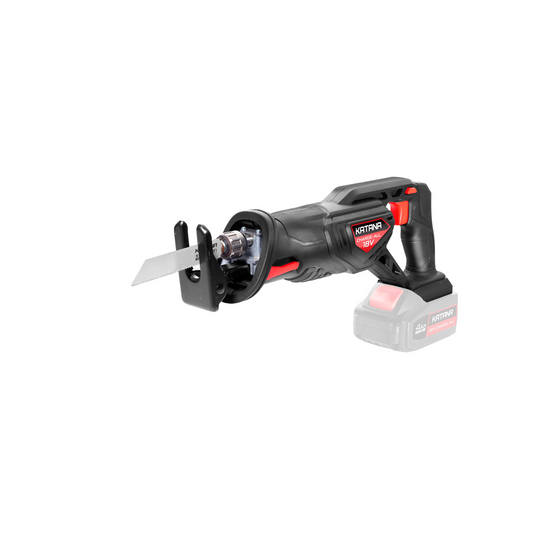Rainwater harvesting tips to maximise every drop
Share
Make Every Drop Count: Smart Ways to Collect Rainwater on the Property
Anyone living on the land knows—your rainwater isn’t just a backup, it’s the lifeblood of your home. Whether it's filling troughs, watering the veggie patch, or keeping the washing running guilt-free, rainwater plays a huge role in rural living. And when the tank runs low? Well, that’s a mad scramble none of us enjoy.
But here’s the good news: a few smart changes now can help catch, store, and protect more water tomorrow. Let me share a few tried-and-true rainwater collection tips that can work wonders on the property—without tipping your budget.
Start at the Top: Clean Gutters, Better Flow
I’ve seen neighbours lose thousands of litres from simply clogged gutters. It seems small, but every droplet counts during a dry spell. Keep those gutters clear of leaves and gunk, especially after storms and before your rainy season kicks in. A blocked downpipe can undo all your work faster than you can say “stormwater runoff.”
If you haven't already, consider adding leaf diverters—or as I like to call them, 'gutter babysitters.' They catch the big stuff before it hits your tank.
Tank Placement and Good Roofing Matter
The quality of your roof—and what falls on it—can really change the quality of your water. Galvanised or Colorbond steel is great for both catching clean water and keeping it safe. As for tank placement, go with somewhere shaded if you can. It helps discourage algae growth and keeps things cooler during midsummer scorchers.
If you're setting up new tanks or retrofitting, think smart layout. Grouping tanks together helps improve efficiency for overflow and pumping. And please make sure it's all sitting on a stable, level base!
First Flush Filters: Think Before You Store
This one’s a game-changer. First flush diverters stop the grubby water—think bird droppings, dust, ash—from flowing straight into your tank. It cuts contamination massively and keeps your water cleaner with far less effort.
Plus, you'll reduce how often you need to clean your tank (which, I’ll be honest, is not anyone's favourite Sunday job).
Protect What You've Got
Ever thought about how exposed your system really is? Tank covers and outlets are hotspots for contamination if not fitted properly. Double-check all your tank inlets have meshing to keep mozzies out. The last thing you want is a breeding ground for midges or a frog surprise during pump checks!
Soak Every Drop into Your Garden (Where You Want It)
You don’t just collect rainwater to store—it’s also handy to redirect it right to your garden, orchard, or windbreak plantings. Line your paths with small swales or trenches that help water soak into your soil instead of bombing it down the driveway into the paddock. It keeps your windbreaks thriving and cuts down erosion—two cheers and a cuppa for that one.
If your garden is your pride and joy like mine is, it’s worth setting things up so you can water it efficiently during dry times. A quality garden pump and hose setup makes a world of difference, especially when you know each drop came straight from your roof!
Rainwater Pump Know-How
Let’s not forget the real workhorse on any rural setup: a reliable pump. If your pump's wheezing more than it's pumping, you're bound to lose efficiency—and water. Whether you're running lines to livestock troughs or washing down the ute, a solid, pressure-sensitive pump will earn its keep.
Don't Forget the Overflow Game Plan
When the big rains come—it’s not just about storage. It’s rerouting excess water safely so it doesn’t damage your house foundations or flood your veggie garden. A solid overflow system, piped neatly downhill or to a gravel pit, protects all the hard yakka you've put into your home's water system.
The Secret to Rainwater Reliability? Regular Maintenance
Rainwater systems don’t run well if they’re ignored for months on end. I set reminders in my phone: gutter check every season, tank inspection before summer, and a pump test every few months. You’ll catch small issues before they grow teeth.
The secret sauce isn’t just soaking up the rain—it’s what you do after it falls. Keeping hoses tidy, ensuring downpipes are clear, and staying on top of tank health all help keep your system humming when you need it most.
Last Thoughts Before the Next Storm Rolls In
Living on an acreage asks more of your water systems than a backyard in the suburbs ever will. But that's what makes it so rewarding. A good rainwater setup gives you independence, flexibility, and the confidence to handle dry months without flinching.
So next time you’re mowing the back block or checking the tanks, picture what that little bit of up-front effort could save you down the track—no surprise water truck call-outs, fewer pump headaches and, best of all, the peace of mind of knowing you’ve got this sorted.
Catch you in the yard,
– Candeece

Stay Connected
Follow our Facebook Page: Strathalbyn H Hardware on Facebook


